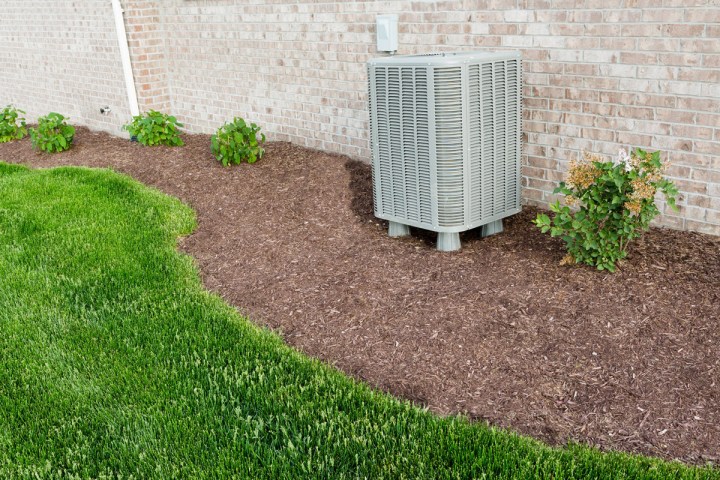
Conducted by researchers at the University of Colorado’s departments of mechanical engineering, materials science and engineering, and aerospace engineering sciences — as well as a group from the University of Wyoming — the study recently published in the peer-reviewed journal, Science. The abstract of the study posits that “passive radiative cooling draws heat from surfaces and radiates it into space as infrared radiation to which the atmosphere is transparent.” The issue was that the team needed to find a material suitable for handling the solar irradiance and low infrared radiation flux’s energy density mismatch.
“We embedded resonant polar dielectric microspheres randomly in a polymeric matrix, resulting in a metamaterial that is fully transparent to the solar spectrum while having an infrared emissivity greater than 0.93 across the atmospheric window,” the research read. “When backed with silver coating, the metamaterial shows a noon-time radiative cooling power of 93 W/m2 under direct sunshine. More critically, we demonstrated high-throughput, economical roll-to-roll manufacturing of the metamaterial, vital for promoting radiative cooling as a viable energy technology.”
In other words, the translucent material developed by the team features tiny silicon dioxide spheres which help it release any infrared radiation, while at the same time denying the absorption of any solar radiation. To do this, the film effectively lets any solar radiation move right through it, allowing the team to put a reflective material on one side of the material to relay that radiation away. If installed in a home, that reflective material would push heat away while absorbing cooler air. No energy needed.
It’s worth pointing out the research, while published, concerns a relatively uncharted industry. Those developing similar radiative cooling solutions in the past found a workable system rather expensive and difficult to scale. The current team did mention scalability for their development but until further tests commence, it’s hard to make a proper assumption at this time.



